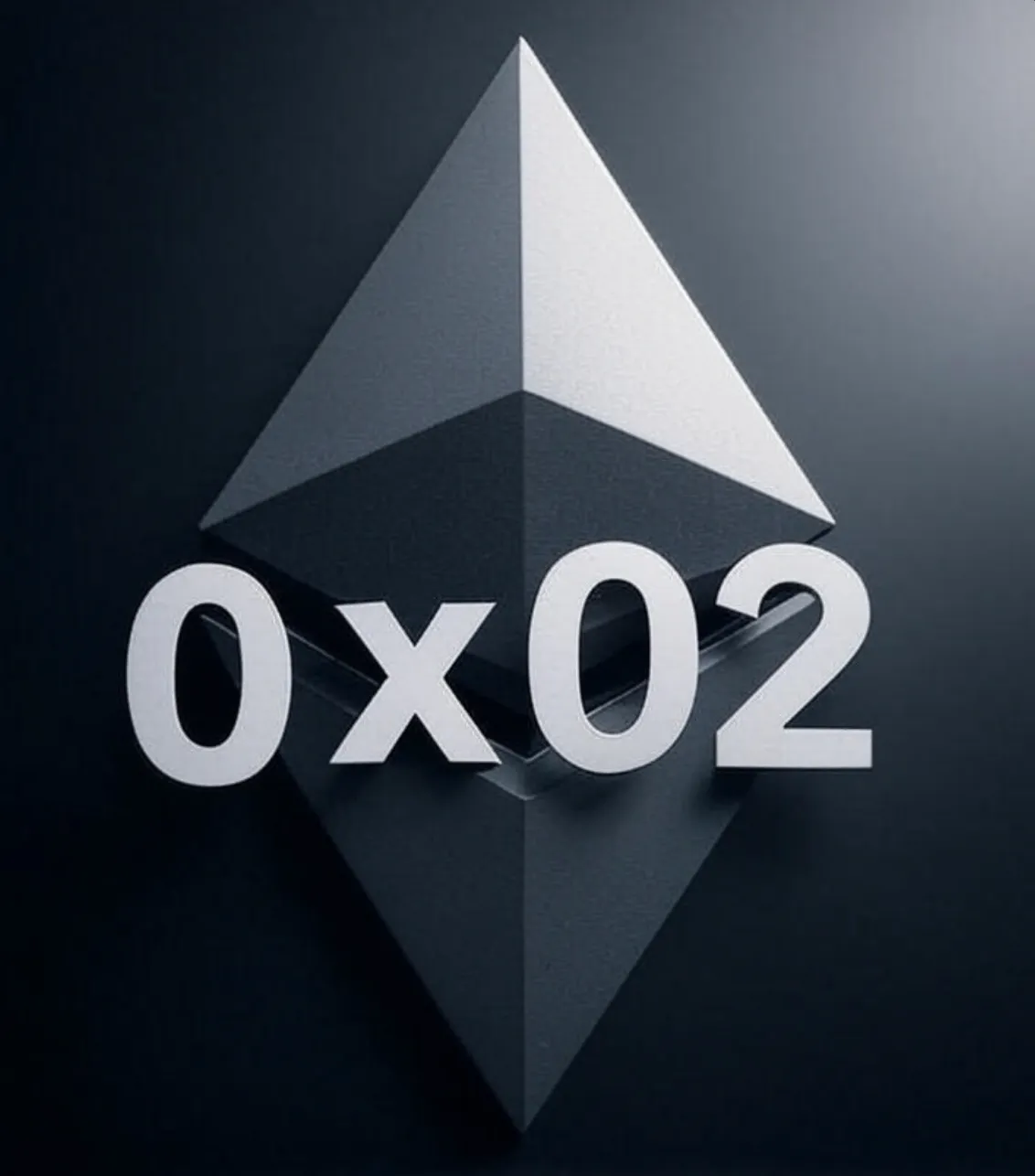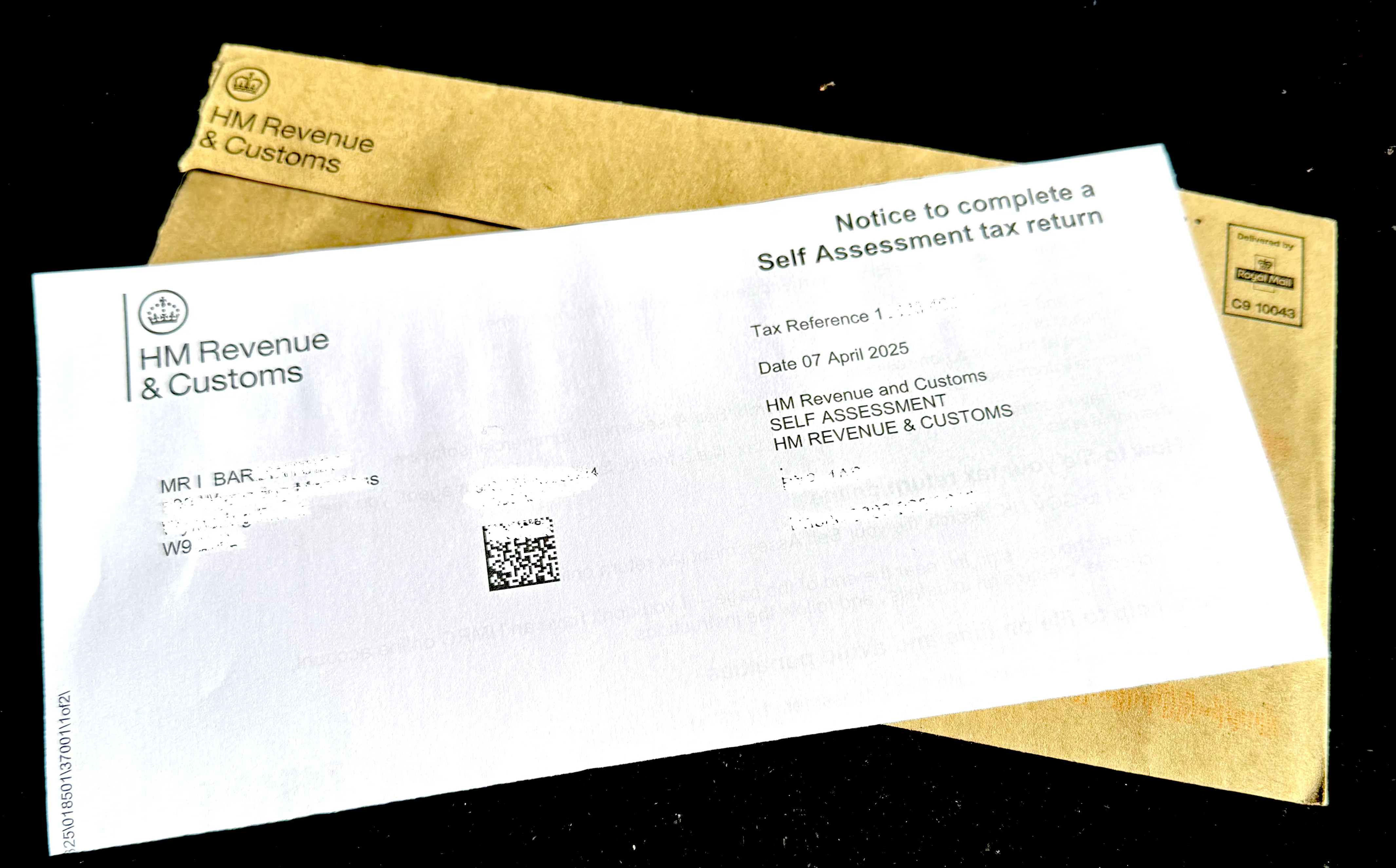- BLOG
- CASE-STUDY
- Case Study: Tax Implications of Trading Crypto on Margin for UK Taxpayers
Case Study: Tax Implications of Trading Crypto on Margin for UK Taxpayers
Case Study: Tax Implications of Trading Crypto on Margin for UK Taxpayers
TL;DR: HMRC taxes crypto disposals (including margin trades) under CGT using pooling rules. Margin positions integrate with existing holdings: disposals use the pool’s average cost basis. No special treatment exists for margin-held crypto; economic exposure defines tax liability. High-frequency margin trading may be classified by HMRC as a trading activity (subject to Income Tax) rather than casual investing (subject to Capital Gains Tax).
Understanding HMRC’s Approach to Crypto Taxation
HMRC treats cryptocurrencies as capital assets subject to Capital Gains Tax (CGT) rather than as currency or money. For UK taxpayers, this means that any disposal of crypto assets—including selling, trading, or using them to pay for goods and services—can trigger a taxable event. The tax authority’s approach focuses on the economic substance of transactions rather than their technical aspects.
When it comes to margin trading specifically, HMRC has not issued detailed guidance that treats margin-held crypto assets separately from spot holdings. Instead, the overarching principle remains that any disposal is taxable and subject to the normal matching rules, regardless of how the cryptocurrency was originally acquired.
The Pooling Rules and Cost Basis Calculation
A crucial aspect of UK crypto taxation is HMRC’s requirement to use pooling rules, officially known as the Section 104 rule. Under this system, all identical crypto assets are grouped into a single pool, and an average cost basis is calculated for tax purposes.
The matching rules operate in a specific order:
- Same Day Rule: Acquisitions and disposals on the same day are matched first.
- 30-Day Rule: Disposals are then matched with acquisitions made within the following 30 days.
- Section 104 Pool: Remaining disposals are matched against the average cost of the pooled holdings.
This pooling system means that when calculating capital gains, taxpayers cannot simply use the specific cost of individual purchases—they must use the average cost of their entire holding of that particular cryptocurrency.
Practical Example: Alice’s Margin Trading Scenario
Let’s examine Alice’s situation to illustrate how these rules apply in practice:
Initial Position
- Alice hodls 1 BTC purchased for £20,000 (long-term investment)
- She deposits 10,000 USDT as collateral for margin trading on her CEX account
- She opens a long position of 1 BTC at £30,000 per BTC
- After 3 days, BTC reaches £40,000 and she closes the position
- The exchange reports a profit of £9,700 (£40,000 - £30,000 - £100 commission - £200 margin fee)
The Tax Reality Under HMRC Rules
Contrary to the exchange’s profit calculation, Alice’s actual taxable gain must be calculated using HMRC’s pooling rules. Since she already holds 1 BTC in her wallet, her Section 104 pool contains:
Before the margin trade:
- 1 BTC at £20,000 cost basis
- Pool average cost: £20,000 per BTC
After the margin trade:
- 1 BTC at £20,000 cost basis + 1 BTC at £30,000 cost basis
- Pool average cost: (£20,000 + £30,000)/ 2 =£25,000 per BTC
The margin position closure: When Alice closes her margin position, she is disposing of 1 BTC from her Section 104 Pool. Under HMRC’s rules, this disposal is matched against her pooled holdings, not treated as a separate transaction.
Correct capital gains calculation:
- Disposal proceeds: £40,000
- Cost basis (from pool): £25,000 per 1 BTC
- Less: Exchange commission: £100 (Please note, that margin fees are not deductible for casual investors. See details below)
- Taxable gain: £40,000 - £25,000 - £100 =£14,900.00
This represents a significantly higher taxable gain than the £9,700 reported by the exchange.
Why HMRC’s Approach Differs from Exchange Reporting
The discrepancy arises because HMRC focuses on beneficial ownership and economic exposure rather than the technical mechanics of margin trading. Several key principles guide this approach:
Economic Substance Over Form
HMRC considers that when trading on margin, the investor still assumes the economic risk of price movements and ultimately controls the decision to dispose of the asset. The fact that the crypto is held as collateral and cannot be withdrawn does not negate the beneficial ownership for tax purposes.
Beneficial Ownership Considerations
Recent HMRC guidance on DeFi and collateral-backed lending provides insight into their thinking on beneficial ownership. The key test is whether the platform can “deal as it wishes” with the deposited tokens. In most margin trading scenarios, the crypto remains attributed to the user’s account, suggesting beneficial ownership is retained.
No Separate Treatment for Margin Holdings
To date, HMRC has not issued specific guidance treating margin-held crypto separately from spot holdings for capital gains purposes. Their consistent position is that disposals are taxable in the normal way and matched using standard rules, regardless of acquisition method.
Asset Type Determines Pooling, Not Storage Location
Under HMRC rules, cryptoassets are pooled by type, not by wallet or exchange account. Please refer to this guide for details.
Tax Treatment of Liquidations and Margin Fees
Forced Liquidations
- Taxable disposal event: When an exchange forcibly liquidates a margin position, HMRC treats this as a regular disposal for CGT purposes.
- Calculation method:
- Gain/loss = Liquidation value - Pooled cost basis of the asset.
- Example: If liquidated BTC was originally acquired at £20,000 (pooled) but sold at £15,000 during liquidation, the £5,000 loss is reportable.
Margin Fee Deductibility
For individuals engaged in frequent margin trading, there’s a possibility that HMRC could classify the activity as trading rather than investment using “badges of trade”:
- Frequency/volume of transactions
- Profit-seeking intent
- Use of trading tools/automation
- Organised execution (e.g., stop-losses)
This would result in trading profits being subject to Income Tax rather than CGT, potentially at higher rates. At the other hand, professional traders are allowed to deduct margin fees and interest expenses against their income.
| Trader Classification | Margin Fee Treatment | Tax Implication |
|---|---|---|
| Casual Investor (CGT) | Not deductible | Margin fees cannot offset capital gains. |
| Professional Trader (Income Tax) | Fully deductible | Deductible as business expense against trading income. |
Conclusion
The taxation of crypto margin trading in the UK requires careful consideration of HMRC’s established rules rather than relying on exchange profit calculations. The pooling rules mean that margin trades are integrated with existing crypto holdings, often resulting in different taxable gains than those reported by trading platforms.
With HMRC intensifying crypto tax enforcement, meticulous tracking and accurate cost-basis calculation are critical. Using specialized crypto tax software like DeCrypto.tax allows correct and up-to-date calculation of all client assets, cost basis, and taxable gains, ensuring full compliance while mitigating audit risks.

UK Tax Treatment of Compounding Ethereum Validator Rewards

How to Use Hyperliquid: Complete Guide to Trading, Vaults, and Staking (2025)

